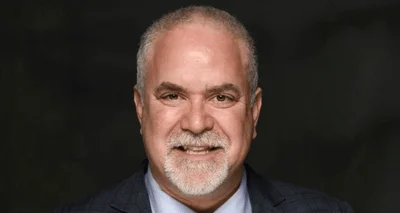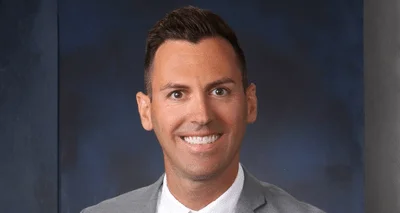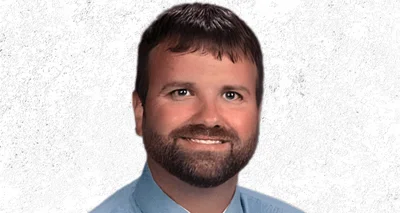Illinois State House Rep. Chris Bos (R-Lake Zurich), right, on the House floor | repbos.com/
Illinois State House Rep. Chris Bos (R-Lake Zurich), right, on the House floor | repbos.com/
Illinois state Rep. Chris Bos (R-Lake Zurich) called out the state of Illinois over its spending problems in a Facebook post on Wednesday.
Following almost two years of historic unemployment monetary payouts brought about from the various state and federal shutdowns due to COVID-19, President and CEO of the Illinois Retail Merchants Association Rob Karr recently revealed that Illinois’s unemployment fund deficit could grow to $8 billion, according to Illinois Policy.
"Research from Pew Charitable Trusts shows during the 15 years before the pandemic, Illinois took in enough to cover just 94% of its expenses. Illinois families should not have to pay the price for our state's spending problem. We have to get Illinois on the path toward fiscal stability now," said Bos in a Facebook post where he included a link to an article regarding Illinois' state spending.
According to numbers collected by Statista dating as far back as 1999, 2020 saw Illinois’ total debt rise to around $63.3 billion, and it is predicted to rise to at least $73.2 billion by 2026. Now, Gov. J.B. Pritzker faces growing pressure to utilize funds from the American Rescue Plan Act (ARPA) to pay down the $4.2 billion balance borrowed from the federal government.
"You can't actually use ARPA funds, according to the rules of ARPA," Pritzker said, according to ABC 7. "You can't repay any debt that's already owed to the federal government with ARPA funds." The governor later said he had been referring to earlier rules and misspoke, the station reported.
Following the peak of the pandemic, Illinois has been one of only eight states in the country that spent more than it took in in revenue before receiving federal pandemic relief funds, according to Advantage News. In the 15 years that lead up to the pandemic, only New Jersey had been covering less of its expenses than Illinois, while the average state’s revenue during that time period balanced out to 102.7% of its expenses.






 Alerts Sign-up
Alerts Sign-up